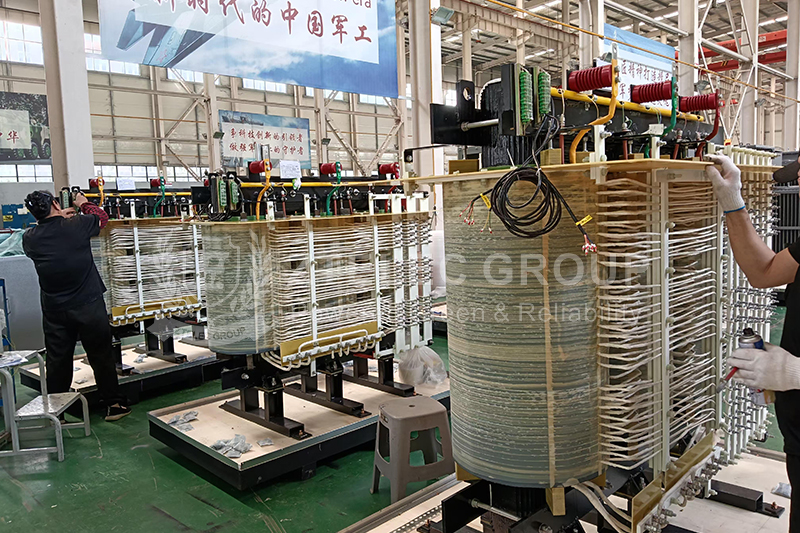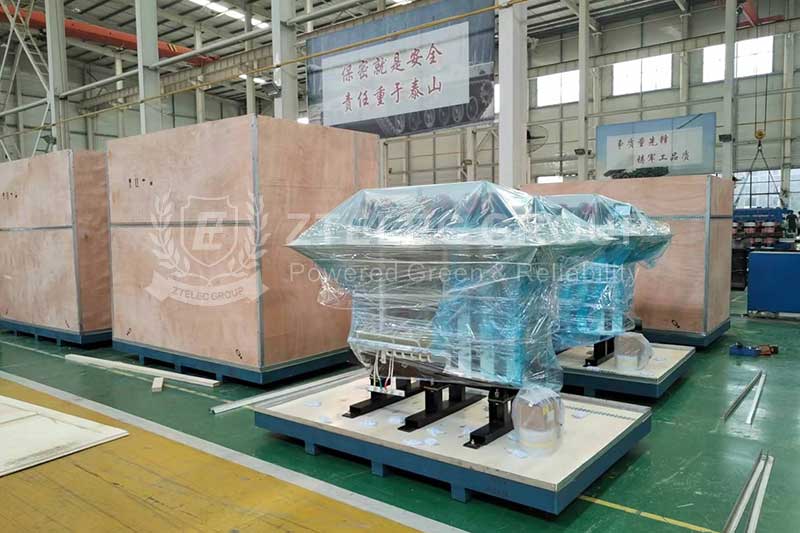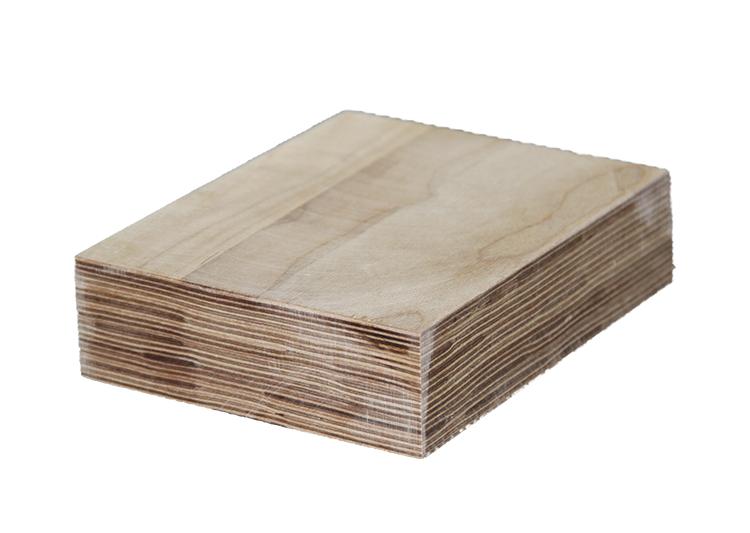Why Choose Dry-Type Rectifier Transformers Over Traditional Transformers
In power electronic equipment and industrial electrical systems, transformers serve as the core hub, shouldering both voltage conversion and power transmission. As modern industrial power demands evolve, dry-type rectifier transformers have emerged as the preferred solution across various industries, thanks to their unique advantages. Compared to traditional oil-immersed transformers, they offer exceptional benefits in structural design, performance, operation, and environmental adaptability.
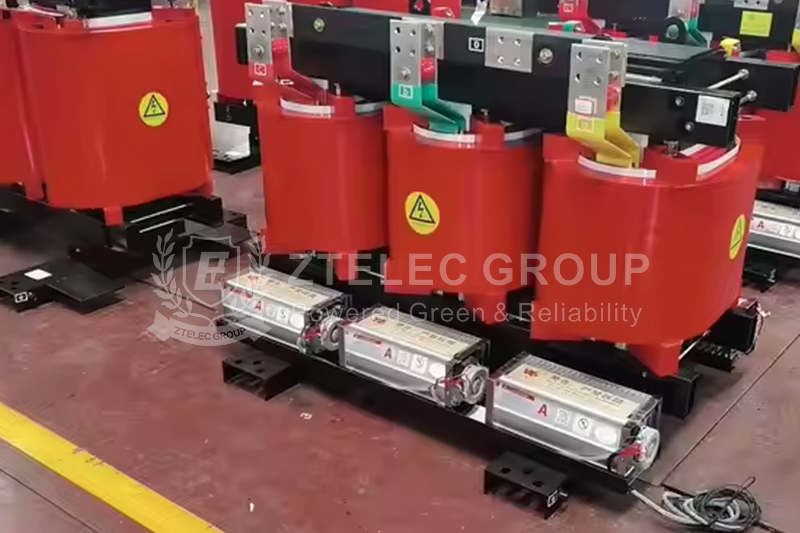
The Innovative Structure of Dry-Type Rectifier Transformers
The dry-type rectifier transformer represents a breakthrough in power equipment technology. Its standout feature is the innovation in insulating medium. Unlike oil-immersed transformers that rely on oil insulation, it utilizes dry epoxy resin as the insulating material. This resin provides excellent insulation properties and adapts well to complex operating environments.
Internally, the dry-type rectifier transformer consists of one or more pairs of mutually insulated coils and cores. Insulating materials placed between coils and cores create a robust barrier, eliminating leakage risks and ensuring safe, stable operation. The application of epoxy resin not only makes the transformer more compact but also enhances its resilience in harsh conditions.
Key Advantages of Dry-Type Rectifier Transformers
When compared to traditional oil-immersed transformers, dry-type rectifier transformers demonstrate clear advantages in multiple aspects:
Safety and Reliability: Oil-immersed transformers risk oil leakage, which can degrade insulation and even cause fires. Dry-type rectifier transformers, using epoxy resin insulation, completely eliminate oil leakage risks, ensuring safer operation in urban grids, data centers, hospitals, and other high-safety environments.
Compact Size and Lower Maintenance: Without the need for oil tanks or complex cooling systems, dry-type rectifier transformers are lighter and smaller. This reduces installation space, simplifies transport, and lowers maintenance costs, unlike oil-immersed transformers that require frequent oil changes and system upkeep.
Environmental Friendliness: Oil leakage from traditional transformers can pollute soil and water. Dry-type rectifier transformers, free from oil pollutants, align perfectly with today’s push for green, sustainable development, making them an environmentally responsible choice.
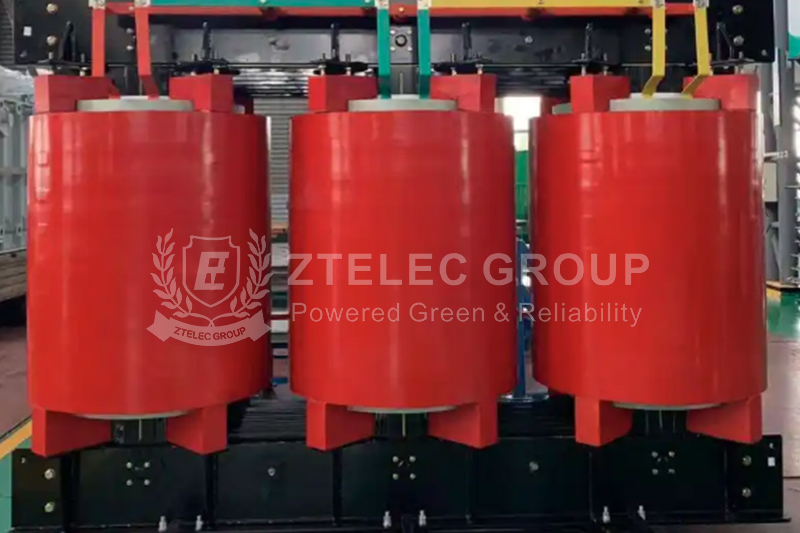
Promising Applications and Future Prospects
Thanks to their inherent strengths, dry-type rectifier transformers hold vast potential across multiple sectors:
Power Systems: Improve power quality, reduce harmonic interference, and stabilize electricity supply.
Communication Systems: Provide stable DC power for precision equipment and ensure seamless network operations.
Railway Transportation: Support high-power DC demands of electrified railways, boosting rail infrastructure.
Aerospace: Offer compact and reliable power solutions for aircraft and space applications.
Although the initial investment in dry-type rectifier transformers may be higher, their long-term benefits—low maintenance, high efficiency, and environmental protection—make them a cost-effective solution. With ongoing technological advancements and expanding applications, their role in driving efficient, green, and intelligent industrial electrical systems is set to grow.
In the future, dry-type rectifier transformers will play an increasingly crucial role across industries, injecting fresh momentum into the sustainable development of the global power sector.
- more+releated article
- 2025-10-21Application of K Factor Transformer
- 2025-10-21Detailed explanation about transformer model w
- 2025-10-2010kV Oil-Immersed Transformer Safety: Lightnin
- 2025-10-20What are The Advantages of Phenolic Cotton Clo
- 2025-10-17Are Three-Phase Isolation Dry-Type Transformer
- 2025-10-17G10 Epoxy Sheet: Choosing the Right Specificat
- 2025-10-1610kV Oil-Immersed Transformer Operation Inspec
- 2025-10-163240-B Epoxy Phenolic Glass Fiber Cloth Lamina
- 2025-10-15G10 Epoxy Sheet: The Preferred Insulation Mate
- 2025-10-15Analysis of Energy-Saving and Noise Control Te

